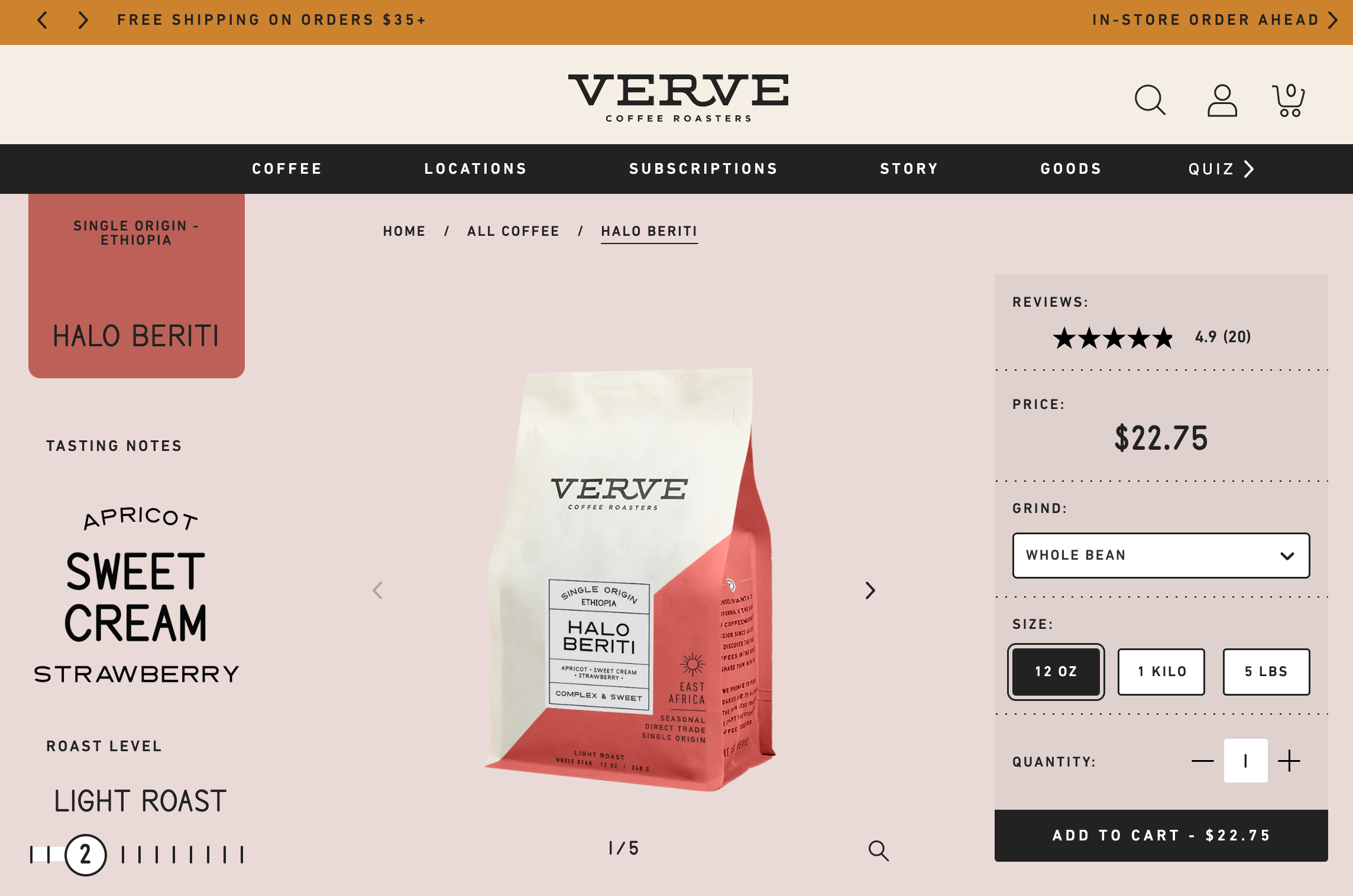Marketing plays a crucial role in driving revenue for businesses, and success is often measured by the growth it brings. For marketing to be effective, it requires a well-crafted plan that can organize and visualize all the strategies across various channels like email, social media, ads, web content, and more. In this article, we will discuss seven steps to help you build a comprehensive marketing plan that drives pipeline and revenue. Plus, we’ll explore three examples from world-class marketing teams that have achieved outstanding results.
Define Your Plan
To begin with, you need to define the specific components of your plan. This ensures that all stakeholders are aligned on goals, deliverables, resources, and timelines. By ironing out these details, you can ensure that your plan supports the right business objectives and that you have the necessary resources and time to get the job done. Ask yourself questions like:
- What resources do I need?
- What is the vision?
- What is the value?
- What is the goal?
- Who is my audience?
- What are my channels?
- What is the timeline?
For example, let’s say you want to create an annual marketing plan to improve customer adoption and retention. You could answer these questions as follows:
What resources do I need?
I will need support from the content team, web team, and email team to create targeted content for existing customers. One person on each team will need to be dedicated full-time to this initiative. To achieve this, the marketing team will need an additional $100K in budget and one new headcount.
What is the vision?
To create a positive experience for existing customers, address new customer needs, and encourage them to upgrade. We’ll do this by serving them how-to content, new feature updates, information about deals and pricing, and troubleshooting guides.
What is the value?
According to the Sales Benchmark Index (SBI), CEOs and go-to-market leaders report that more than 60% of their net-new revenue will come from existing customers in 2023. By retaining and building on the customers we have, we can maintain revenue growth over time.
What is the goal?
To decrease the customer churn rate from 30% to 10%, and increase upgrades from 20% to 30% in the next fiscal year.
Who is my audience?
All existing customers.
What are my channels?
The main channel will be email. Supporting marketing channels include the website, blog, YouTube, and social media.
What is the timeline?
The first half of the next fiscal year.
Identify Key Metrics for Success
Next, you need to define the key marketing metrics that will help you measure success and track the performance of your marketing activities. These metrics should be specific, measurable, achievable, realistic, and time-bound. For example, if your goal is to increase email subscriptions, your SMART goal might look like this: “Increase email subscription rate from 10% to 20% in H1.”
Research Your Competition
To stand out in the market, it’s crucial to understand your competitors. Analyze how they market themselves and find opportunities to differentiate your brand. Avoid duplicating their efforts and instead brainstorm new ways to make your company unique. By studying your competitors, you might find inspiration and discover untapped possibilities.
Integrate Your Marketing Efforts
An effective marketing plan includes multiple components that work together to create a powerful marketing machine. Identify the different components that align with your target audience and integrate them into your plan. Some components may include lead generation, ads, email marketing, content creation, videos, events, social media, website optimization, product marketing, public relations, analyst relations, customer marketing, SEO, and conversational marketing. Understand where your audience spends the most time and tailor your strategies accordingly. For example, if your target audience consists of executives who predominantly use LinkedIn, focus on placing branded content on that platform.
Differentiate with Creative Content
Creative content is a crucial element of any marketing plan. Visual images play a significant role in capturing the attention of your audience. When crafting your creative strategy, consider your target audience, think outside the box, tie everything back to compelling calls-to-action, and streamline the creative production process. Create designs and CTAs that resonate with your brand’s personality and evoke positive emotions. For instance, if your brand is fun and approachable, ensure that your creative efforts reflect that tone and spark joy in your audience.
Operationalize Your Marketing Plan
To turn your marketing plan into action, it’s essential to make goals, deliverables, and timelines clear for every stakeholder involved. Centralize all the details of your marketing plan in one platform, so teams can access the necessary information and connect their work to company goals. This ensures everyone stays accountable, and campaigns run smoothly. Utilize a work management tool that allows you to set goals, centralize deliverables, visualize your plan, loop in stakeholders, automate processes, and create dashboards for reporting and staffing purposes.
Measure Performance
Measuring performance is crucial to determine the success of your marketing efforts. Regularly track and report on the key metrics you established earlier. Analyze the data to identify areas for improvement and optimize your strategies in real-time. By studying trends and performance, you can refine your approach and achieve better results with each campaign. For example, if long-form content consistently brings in more page views than short-form content, focus on producing more long-form content in future marketing plans.
Marketing Plan Examples from World-Class Teams
Let’s take a look at three examples from world-class marketing teams that have achieved exceptional results:
Autodesk Grows Site Traffic 30% Three Years in a Row
Autodesk initially launched Redshift as a small business blog. However, through an effective marketing plan, they transformed it into a premier owned-media site, becoming a go-to destination for stories and videos about the future of making. By scaling content production and streamlining their workflow, Autodesk’s editorial team now publishes twice as much content monthly. This strategy led to a 30% increase in site traffic for three consecutive years.
Trinny London Perfects New Customer Acquisition
Trinny London recognized the importance of social media in building a community of loyal customers. By leveraging a work management tool to create, test, and implement ads on multiple social channels, they optimized their ad spend and drove more likes and subscriptions on their YouTube page. This strategy resulted in improved customer acquisition and brand engagement.
Turn Your Marketing Plan into Marketing Success
A well-crafted marketing plan promotes clarity and accountability across teams, ensuring that every stakeholder understands their responsibilities and deadlines. By following the steps outlined in this article, you can align your team, prioritize work, and drive results that contribute to your company’s bottom line.
Use a Free Marketing Plan Template to Get Started
To simplify the process of operationalizing your marketing plan, you can utilize a free marketing plan template. These templates are designed to help you manage and track every aspect of your marketing plan, from creative requests to approval workflows. By centralizing your entire marketing plan in one place, customizing the roadmap, assigning tasks, and building a timeline or calendar, you can ensure that everyone is on the same page. Choose the best marketing template for your team and collaborate seamlessly.
Still Have Questions? We Have Answers.
If you’re still unsure about certain aspects of marketing plans, feel free to reach out to us. We’re here to help you navigate the world of marketing and provide you with the answers you need.
What is a Marketing Plan?
A marketing plan is a detailed roadmap that outlines the strategies your team will use to achieve organizational objectives. It covers everything from current business plans and mission statements to target customers, competitive analysis, marketing mix, key performance indicators, and budget.
What is the Purpose of a Marketing Plan?
The purpose of a marketing plan is to grow your company’s consumer base, strengthen your brand, and align your marketing efforts with your organization’s mission and vision. It helps you analyze the competitive landscape, identify opportunities, and document your strategies to achieve overarching business goals.
What is the Difference Between a Marketing Plan and a Marketing Strategy?
A marketing plan consists of various marketing strategies that work together to achieve your company’s goals. Marketing strategies are specific actions or tactics implemented to reach those goals.
What are Different Types of Marketing Plans?
There are several types of marketing plans, including general marketing plans, product launch marketing plans, paid marketing plans, content marketing plans, SEO marketing plans, and social media marketing plans. Each type serves a specific purpose and covers different aspects of marketing.




